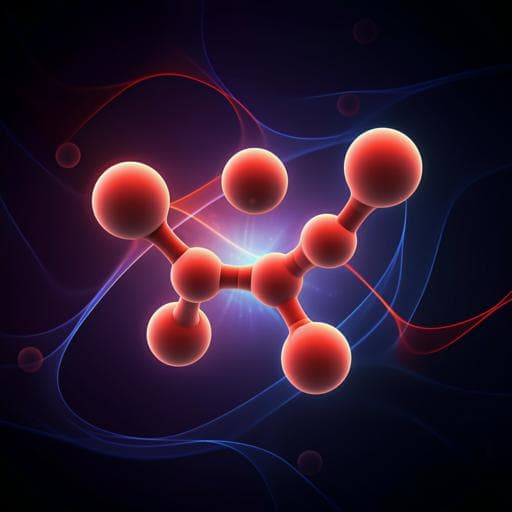
Chemistry
Supramolecular construction of a cyclobutane ring system with four different substituents in the solid state
M. A. Sinnwell, R. H. Groeneman, et al.
This groundbreaking research reveals a novel approach to form chiral cyclobutane rings with four distinct aryl substituents through an efficient cross-photoreaction, eliminating side products and purification steps. Conducted by Michael A. Sinnwell and colleagues, this method leverages unique stacking interactions to create valuable chiral carbon scaffolds relevant to biological compounds and materials science.
~3 min • Beginner • English
Related Publications
Explore these studies to deepen your understanding of the subject.







